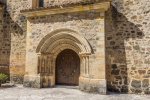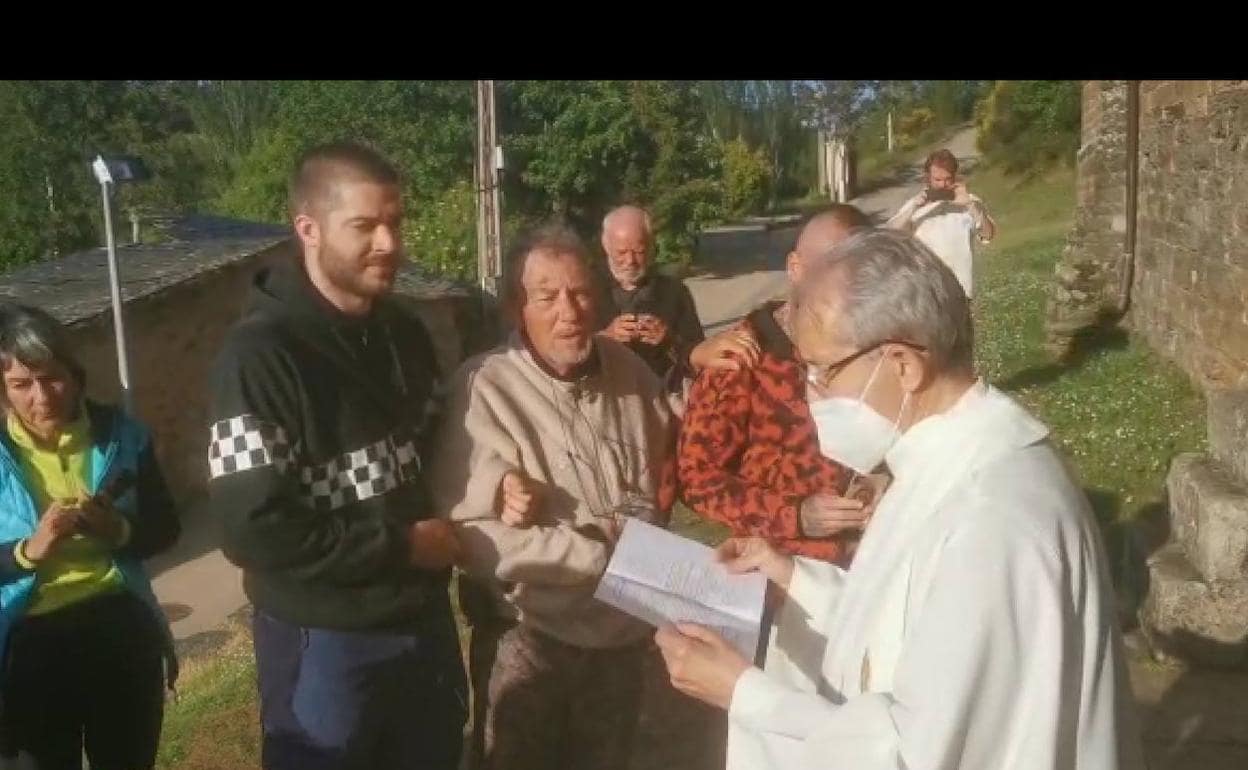- Time of past OR future Camino
- CF 2023 sept/Oct
Primitivo July 2024
Yes, pardon me.
So I've just read this cool article about the closing of the Puerta del Perdón in the Monastery of Santo Toribio for the holy year (and it is a very beautiful peurta for sure). It seems that the Spanish like places that pardon you. For instance the beautiful Alto del Perdón, and also the Puerta del Perdón in Villafranca del Bierzo.
Obviously walking to Santiago de Compostela is also meant to offer similar forgiveness upon the satisfactory conclusion of all the varying routes, but I was just wondering if there were any other places other than the above that claim to do so? (asking for a friend).

So I've just read this cool article about the closing of the Puerta del Perdón in the Monastery of Santo Toribio for the holy year (and it is a very beautiful peurta for sure). It seems that the Spanish like places that pardon you. For instance the beautiful Alto del Perdón, and also the Puerta del Perdón in Villafranca del Bierzo.
Obviously walking to Santiago de Compostela is also meant to offer similar forgiveness upon the satisfactory conclusion of all the varying routes, but I was just wondering if there were any other places other than the above that claim to do so? (asking for a friend).

Last edited:















